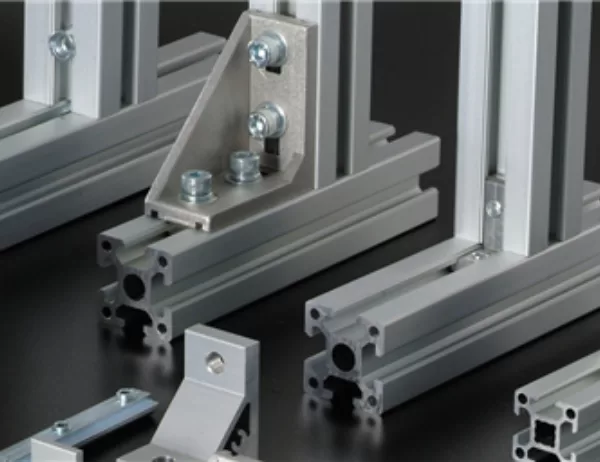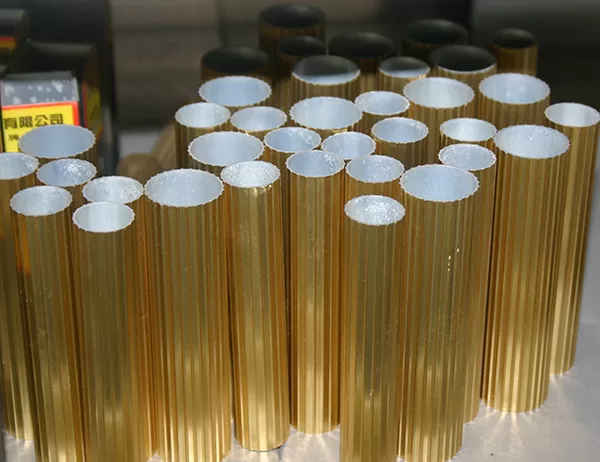When it comes to cooling electronic devices, heat sinks are a fundamental component. They act as a heat bridge, transferring heat away from the device and into the surrounding air. Aluminum heat sinks are a popular choice due to their lightweight construction and effective thermal conductivity.
Beyond Aluminum: Expanding Thermal Capabilities
While aluminum heat sinks are reliable workhorses, they can be insufficient for demanding applications where extreme heat dissipation is required. To achieve optimal cooling performance, consider pairing aluminum heat sinks with other thermal solutions, such as:
Fan Coolers: Integrating fans with heat sinks amplifies heat dissipation by actively drawing air over the surface of the heat fins. This forced convection accelerates heat transfer, resulting in improved cooling efficiency.
Heat Pipes: Heat pipes are highly efficient thermal conduits that transfer heat using a two-phase flow mechanism. When paired with heat sinks, heat pipes can spread heat over a larger surface area, enhancing heat removal.
Liquid Cooling: Liquid cooling systems circulate a cooling fluid (e.g., water or glycol) through a heat exchange unit. Aluminum heat sinks integrated into liquid cooling loops provide a high-surface-area interface for efficient heat transfer.
Pairing Strategies for Maximum Effectiveness
The key to effectively pairing aluminum heat sinks with other thermal solutions lies in optimizing heat transfer and airflow. Consider the following strategies:
Surface Area Maximization: Choose heat sinks with a large surface area to enhance heat dissipation. Consider using heat sink designs with extended fins or multiple fins for increased heat transfer.
Airflow Optimization: Ensure adequate airflow over the heat sink surface. Position the heat sink in an area where there is unrestricted airflow. Consider using fans or blowers to enhance airflow.
Thermal Interface Materials: Employ high-quality thermal interface materials (e.g., thermal paste or thermal pads) to minimize thermal resistance between the heat source, heat sink, and other thermal components.
Applications and Benefits
Pairing aluminum heat sinks with other thermal solutions finds applications in a wide range of industries, including:
Electronics manufacturing for cooling high-power devices
Automotive for engine cooling
Aviation for thermal management in aircraft systems
Renewable energy for cooling solar panels
By utilizing aluminum heat sinks in conjunction with other thermal solutions, engineers can achieve exceptional cooling performance, maximizing device reliability and extending component lifespan.




